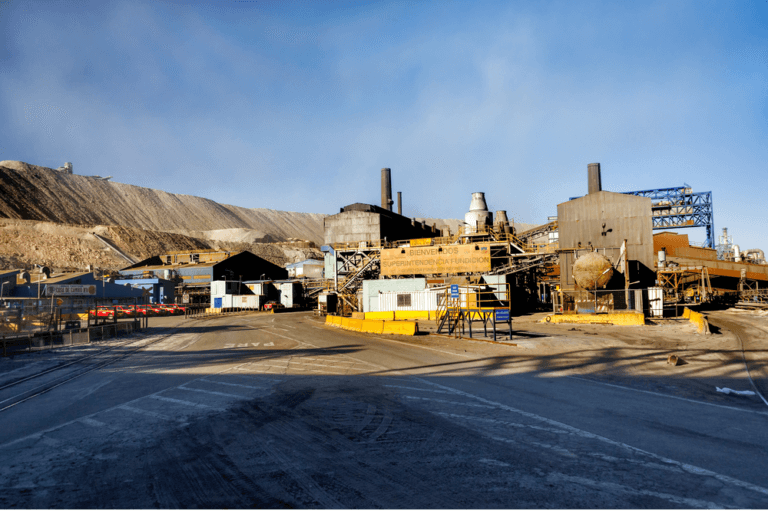Although dividends may not be our first thought when it comes to opening a Stocks and Shares ISA, they can make a real difference when it comes to compounding your tax-free earnings and reaching your financial goals.
In recent years, more UK adults have chosen individual savings accounts, or ISAs for short, as an excellent option to passively grow their wealth. In practice, you can use a Stocks and Shares ISA that’s managed on your behalf to pay into regularly and reap the rewards from the investments made.
Dividend stocks can play a major role when it comes to maximizing your earning potential with a Stocks and Shares ISA and could help grow your wealth further over time.
What are Dividends?
Dividend payments refer to the shareholder’s ‘share’ of a company’s profits depending on the shares they have in the businesses. This means that you can buy shares in a high-performing company to receive dividends and grow your portfolio.
Dividends can make up the majority of the returns you can get from investing in a company. Rather than having their stock price shoot to the moon, dividend stocks are generally more stable and pay out regularly each quarter.
There are many advantages to dividend stocks. Firstly, they can provide a level of consistent income that helps investors meet their liquidity needs. Secondly, dividend investing has historically helped lower volatility and protect against sweeping losses during market downturns.
At a time when the outlook for stocks and shares appears increasingly uncertain amid a period of exponential growth and geopolitical uncertainty, dividends are becoming an attractive option for many investors wary of market volatility.
Adding Dividend Stocks to ISAs
Dividend stocks and ISAs are a match made in heaven because of the tax efficiency you can achieve on your dividend payouts.
One of the biggest benefits of using an ISA is that you grow your money in a tax-free way. With a £20,000 annual allowance each tax year, you’re free to invest your money without having to pay capital gains tax on your earnings.
Crucially, if you’re using a Stocks and Shares ISA, this means that you’ll avoid paying any tax whatsoever on the dividends you earn.
While all UK investors get a £500 tax-free dividend allowance, which used to be £1,000 in the last tax year, investing through an ISA means that you have no obligation to pay tax on your earnings over £500 through dividends.
Without an ISA, you’re liable to pay either 8.75% for basic rate taxpayers, 33.75% for higher rate taxpayers, and 39.35% for additional rate taxpayers on your dividend earnings beyond the £500 threshold.
Compounding Your Investments
Dividend payouts are an especially lucrative tool for ISA investors because they can compound your savings beyond the £20,000 annual threshold.
Data suggests that since 1970, reinvested dividends and compounding have contributed 84% of the total return of the S&P 500 index. Additionally, £10,000 invested in the S&P 500 between 1960 and 2020 would have returned either $627,161 in price terms, or $3,845,730 with reinvested dividends.
Because ISAs have a £20,000 allowance, these compounded investments with the help of dividends mean that you can continue to grow your wealth beyond the tax-free ceiling. This can push your Stocks and Shares ISA value far higher over time.
However, it’s also important to note that these compounding benefits aren’t guaranteed should your dividend stocks begin struggling with payouts due to weaker profit margins. It’s for this reason that you’ll need to assess your investments carefully during challenging economic environments.
Dividends Make Winning Stocks Easier to Track
According to a recent study, companies that grew their dividends generally boasted the highest returns and lowest volatility since 1973.
The study also found a strong correlation between corporations consistently growing their dividends and those with strong fundamentals surrounding their business plans and shareholder commitments.
For ISA investors eager to build a more passive strategy moving forward, this means that you’ll be able to track the general health of your dividend stocks by their ability to pay out higher or lower amounts over time.
If your dividend stock begins to weaken in terms of payouts, you can take action. Otherwise, you can continue to reap the benefits of a stock that can demonstrate its strength through consistent payouts.
Picking the Right Dividend Stock
Because dividends are derived from a company’s profits, it’s fair to assume that dividends are generally a signal of financial health.
The best dividend stocks will provide your ISA with stability, paying out regularly even if the value of the stock declines over short-term periods. However, there are several metrics to keep in mind when selecting the right dividend stock for your portfolio.
Dividend yield is an important metric to keep in mind when selecting a dividend stock. This is the amount paid out per share dividend by the price per share and can decrease as the stock price increases.
Comparing and contrasting dividend yield to a stock’s growth potential is also important. Because many less profitable stocks are bought into at higher rates due to the future potential of the company, sometimes you’ll find yourself paying a premium for a promising startup rather than an established slow-growing business.
Finally, you should look at a company’s dividend payout ratio. This helps to illustrate the dividend as a percentage of earnings. The ratio is calculated by dividing the dividend amount by net income over time.
Building an ISA with Dividends
In uncertain or volatile economic conditions, dividend stocks can be a great asset for adding some stability to your ISA in a tax-efficient manner.
While it can still be a little challenging to find a strong long-term dividend stock, choosing wisely can mean that you have access to an excellent source of passive income moving forward. Simply audit the performance of your dividend payouts every quarter and make adjustments based on whetheror not your stocks are meeting their expectations.
This can help to form the foundation of a sustainable Stocks and Shares ISA strategy.























